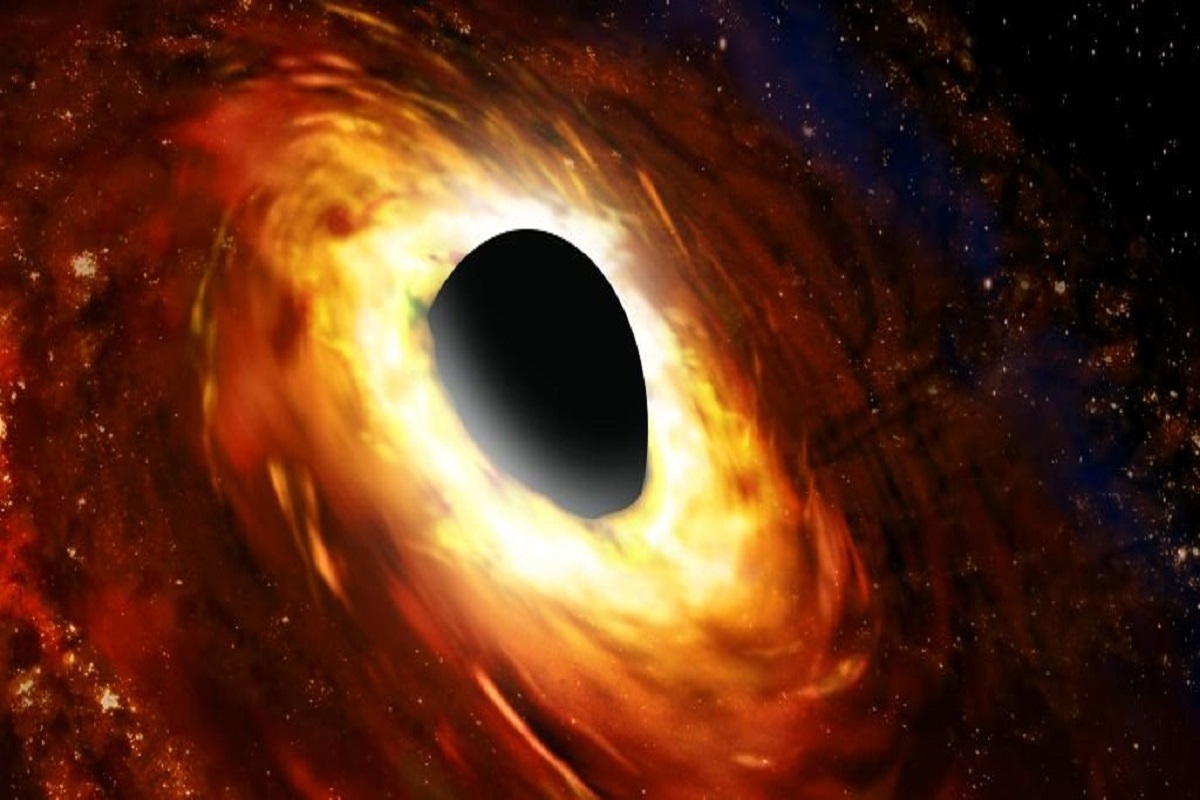Imperial College London’s scientists have successfully replicated a black hole’s immediate environment in a laboratory setting. By creating a spinning disk of plasma, they were able to simulate the superheated gas present in the accretion disk. This groundbreaking experiment aims to shed light on the process of black hole growth and the collapse of gas clouds in star formation and clarify our understanding of plasma stability in fusion experiments.

The research team, led by Vicente Valenzuela Vilaseca, a post-doctoral researcher at Princeton University, believes that understanding the behavior of the accretion disk will unlock the mystery of black hole growth. Additionally, it can provide insight into the stability of the plasma, potentially aiding star formation in fusion experiments.
Accretion disks are captured in iconic images captured by the Event Horizon Telescope (EHT) that revealed a direct glimpse of a black hole. This image depicts the supermassive black hole in the galaxy Messier 87 (M87). A bright orange ring of plasma can be seen in the central black hole.
The black hole’s intense gravitational effects heat the gas and strip electrons from its constituent atoms. It later transforms into plasma, a state where atoms exist as ions and electrons. Centrifugal forces result from the rotation of the plasma, counteracting the internal gravitational force and maintaining the stability of the accretion disk.
However, this stability is occasionally disrupted. Scientists are still trying to understand the exact mechanism that is causing this instability. Because this step is important in their growth process. Black holes cannot grow without this process. Recreating a black hole similar to M87 is impossible for scientists with a mass 4.5 billion times that of the Sun. “We are only at the beginning of exploring this accretion disk in a completely new way,” Valenzuela-Villaseca commented.
